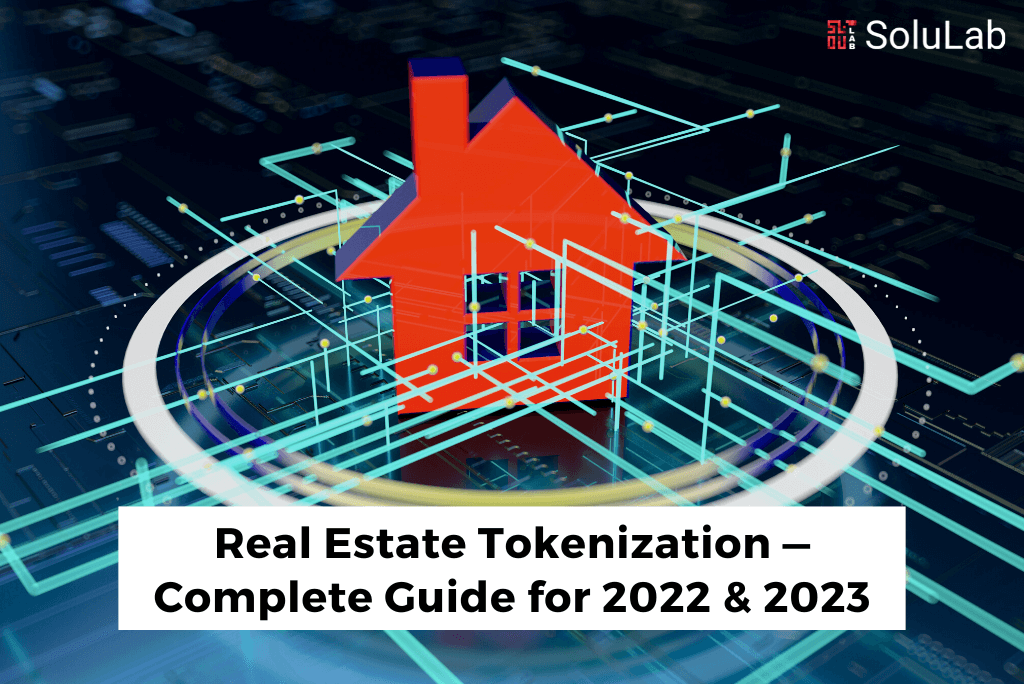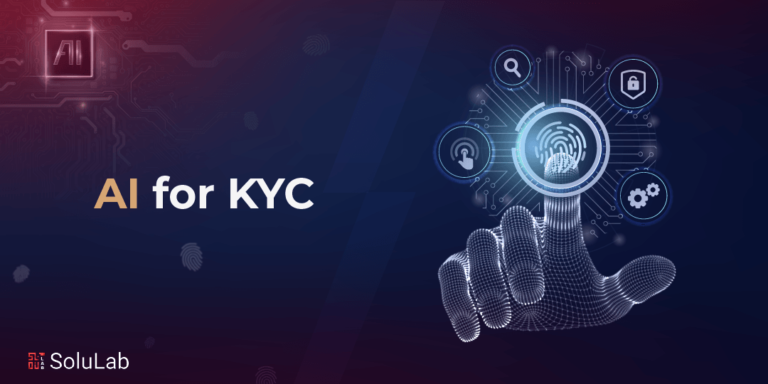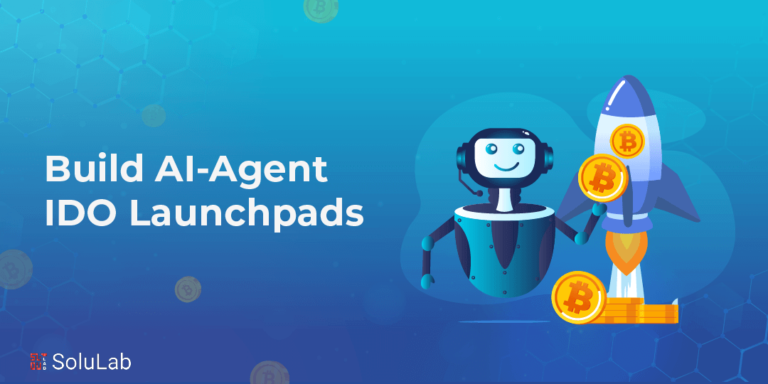
The real estate sector is going through a significant transformation as a result of the adoption of blockchain technology. Blockchain-based real estate tokenization has allowed people with a flair for real estate business who previously needed more funds to do so. Inherent problems with the sector, such as a lack of transparency, trust, and speed, have also been resolved.
What kinds of real estate tokenization exist?
The following categories can be used to categorize the market for real estate asset tokenization:
- Securitized assets on the blockchain: Securitized blockchain assets lead the market in 2022. The most recent report states that real estate tokens will make up almost 89% of all traded security tokens in 2022.
- Fully-tokenized assets on the blockchain: They are not actively traded on secondary markets
- Assets that have been fully tokenized: The secondary market is actively trading these products.
How do real estate asset tokenization services function?
Real estate has traditionally been one of the least liquid asset classes. It’s because real estate transactions demand a great deal of property management, legal skills, and extensive planning.
Read also: What You Need to Know About Investing in Tokenized Real Estate
By following these five stages, digital asset tokenization on blockchain assists in overcoming all these difficulties:
Stage 1- Structuring the Deal for smart contracts
Regulations based on jurisdiction and the shareholder type are important factors for a real estate tokenization asset. The terms of the tokenization are previously set forth for both current and potential investors.
Stage 2- Digitization of assets
Security tokens are issued along with smart contracts that store the traditional information of the real estate transaction on the blockchain.
Four structures are employed to securitize the asset and convert it into an investment vehicle on the blockchain:
2.1 SPV Structure
The term “SPV” stands for Single Asset Special Purpose Vehicle, which enables qualified institutional buyers or accredited investors to take part in the transaction. Tokens serve as a representation of the shares of the real estate property in this structure.
2.2 Real estate fund Structure
The token represents shares of this fund, which functions like a private equity fund. Only qualified institutional buyers are permitted to purchase properties from this equity fund, which is invested in their portfolios.
2.3 Finance Structure
Real estate is tokenized as a digital asset to facilitate fundraising in this structure. The tokens are offered for purchase by accredited institutional buyers or retail investors on the secondary market.
2.4 Real Estate Investment Trust (REIT) Structure
Although this structure is accessible to retail investors, operating it is more expensive than the others. Investors can create digitally-enhanced shares through REITs. Furthermore, REIT real estate token owners are entitled to operate income similarly to conventional investors.
The fundamental guidelines for smart contracts are established based on these structures.
Stage 3- Technology Selection
The choice of technology is essential for real estate tokenization. Following the selection of your asset tokenization services provider, you must decide on three crucial issues:
3.1 Blockchain & token selection
The right blockchain must be chosen for your real estate tokens. Transaction speed, gas costs per transaction, and the security of the blockchain are the main criteria for choosing the blockchain to add transfer limitations to your real estate token.
3.2 KYC/AML verification
Investors or token purchasers must complete the KYC/AML process on the platform where they purchase real estate tokens.
3.3 Primary or Secondary Marketplace
Buyers must have access to a marketplace where primary or secondary token sales of digital assets will be supported through the platform.
Stage 4- Token distribution
Token creation and distribution must be completed after the development and implementation of the smart contracts. Platforms for real asset tokenization may provide buyers with a range of payment options. Token distribution typically takes place in three ways:
4.1 Primary Distribution:
Investors receive these newly created tokens in exchange for their initial financial investment in the projects.
4.2 Secondary Trading:
Tokenization is crucial because it increases liquidity. Tokens are listed for secondary trading on other exchanges so that other investors can trade them with other tokens or users.
Stage 5- Post Tokenization Support
An asset tokenization services provider offers post-tokenization assistance with navigating mortgage difficulties, legal problems, and activity tracking.
Conclusion
Real estate has been growing with recent technological advancements. Before the induction of blockchains, the process was different which was hard for the ones who did that business. But, now, with the tokenization of real estate, you can trade real estate assets easily, which is why the sector has become so incredible now. It is time for you to grab the benefits that the system provides; that way, you can make incredible happenings. Begin real estate tokenization now and make way for the new future.
Blog Credits: Medium




